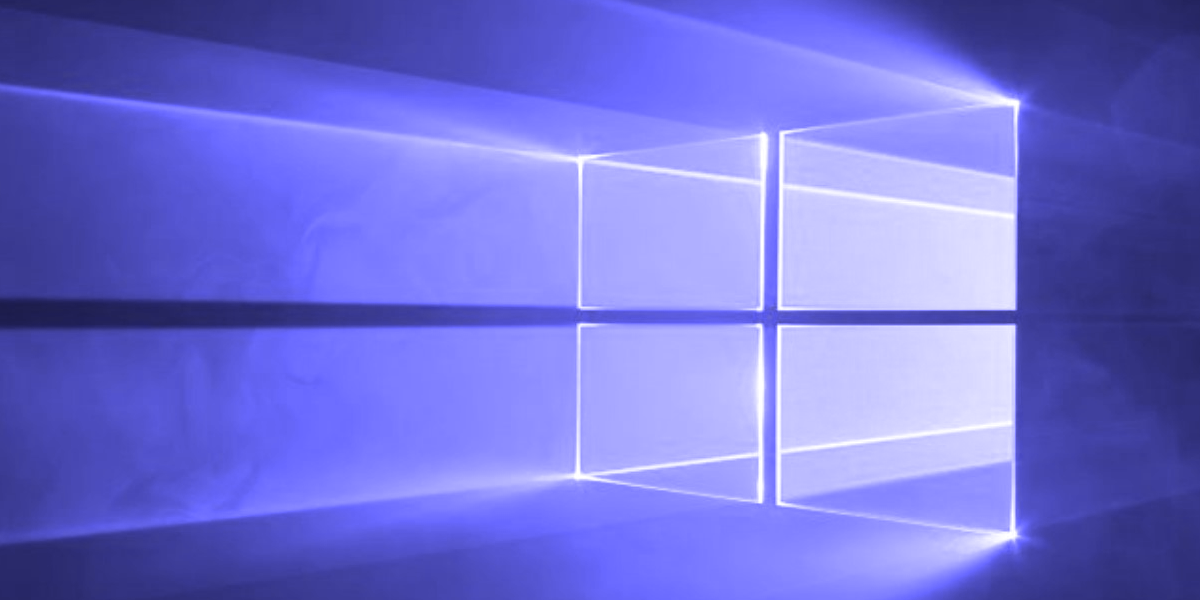The update includes a wide range of CVEs, each with varying severity scores, with notable ones like CVE-2025-24999 (8.8) for SQL Server and CVE-2025-4880 (7.5) for Windows Hyper-V. Microsoft has also republished eight non-Microsoft CVEs related to the Chromium-based Microsoft Edge browser.
To enhance transparency, Microsoft has made efforts to improve its Security Update Guide, including publishing machine-readable files and details on Cloud Service CVEs. Additionally, the release contains defense-in-depth updates aimed at improving security features within the affected products.
For users of Windows Server 2008 and 2008 R2, continued access to security updates necessitates the purchase of an Extended Security Update. The update provides cumulative improvements, meaning that both security and non-security updates are included for Windows 10 and 11.
Extension:
In light of the growing cybersecurity threats, organizations are encouraged to regularly apply such updates and maintain their systems to safeguard against vulnerabilities. Microsoft’s ongoing commitment to transparency and timely updates is critical, particularly as cyber threats evolve. As part of best practices, IT departments should monitor the Security Update Guide for potential known issues and ensure that all systems are updated to the latest servicing stack updates. Furthermore, exploring additional resources, such as the Hotpatching feature available for Windows Server Azure Edition VMs, can enhance operational efficiency while maintaining security. Organizations should also consider investing in cybersecurity training for employees to recognize potential threats, thereby fostering a culture of security awareness
Microsoft August 2025 Security Updates
Microsoft has released the August 2025 security update, which fixes 111 Microsoft CVEs related to various products like Windows Hyper-V, Azure Virtual Machines, Microsoft Office SharePoint, Microsoft Edge for Android, Microsoft Graphics Component, Microsoft Dynamics 365 (on-premises), Windows Routing and Remote Access Service (RRAS), Windows NTFS, Remote Access Point-to-Point Protocol (PPP) EAP-TLS, Windows Win32K - GRFX, Windows Distributed Transaction Coordinator, and Windows Cloud Files Mini Filter Driver. The update addresses vulnerabilities in the following components: Remote Desktop Server, Windows DirectX, Windows Installer, Graphics Kernel, Windows Message Queuing, Windows Media, Windows PrintWorkflow UserSvc, Windows NT OS Kernel, Windows Kernel, Windows Streaming WOW Thunk Service Driver, Desktop Windows Manager, Windows Local Security Authority Subsystem Service (LSASS), Windows Remote Desktop Services, Windows Push Notifications, SQL Server, Microsoft Dynamics 365 (on-premises), and Azure File Sync.


